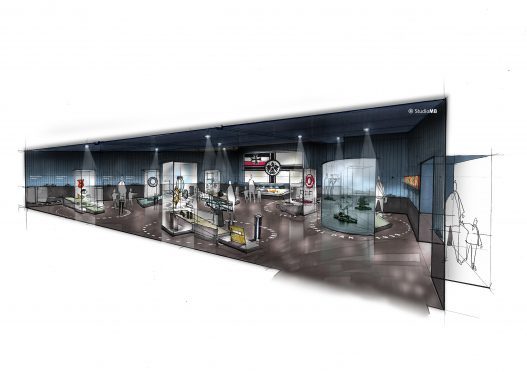Work on a major £1 million renovation project in Orkney is due to begin in the spring – and these pictures show what it could look like.
The Heritage Lottery Fund has approved a grant to restore the historic buildings at Scapa Flow Visitor Centre and Museum in Lyness.
As well as the renovation work, the grant of just over £1.1 million awarded to the project will allow a new building to be created which will house an exhibition space, café, toilet facilities and information area.
And it is set to re-open in time for the 100th anniversary of the scuttling of the German high seas fleet in Scapa Flow in 1919.
Councillor Rob Crichton, chair of Orkney Islands Council’s Education, Leisure and Housing Committee, said: “Attracting such a high level of external funding to this project is a real success story for one of our most fragile island communities.
“The restoration will not only ensure the future of our collections, but also support the local community in Hoy, which relies on the centre to attract visitors to the island, with more than 14,000 visits in 2016.”
Wilfred Weir, the council’s Executive Director of Education, Leisure and Housing, added: “The renovated museum and visitor centre will be a fantastic asset to Lyness, Hoy and Orkney as a whole and celebrate the importance of Scapa Flow in the history of our country.
“As well as being a valuable resource for visitors to our islands, it will help preserve artefacts for current and future generations at home here and abroad.”
Lucy Casot, Head of the Heritage Lottery Fund in Scotland, said: “Rare military equipment from both World Wars, along with stories from some of the 12,000 people once stationed there, will help bring this sheltered harbour’s incredible history back to life, exploring how it shaped the history of travel, trade and maritime warfare.”
Scapa Flow had strategic importance and was the Royal Navy’s principle fleet anchorage during the two World Wars. Lyness became the naval headquarters in Orkney during 1919 and work began in the late 1930s to enlarge the base. It housed 12,000 military and civilian personnel by 1940.
